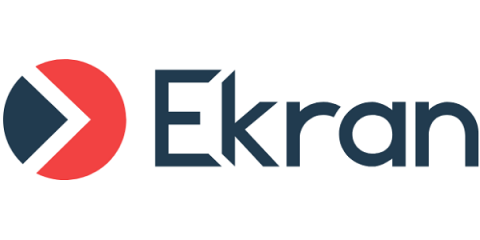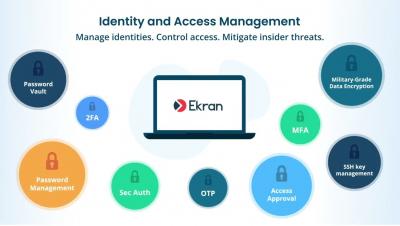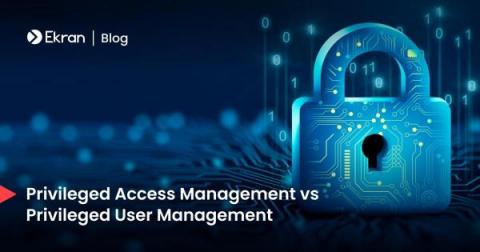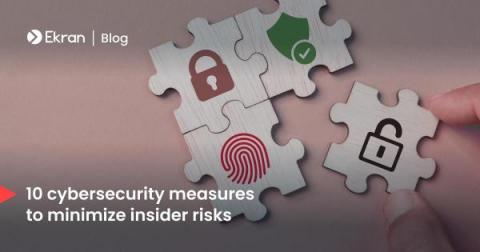7 Best Practices to Secure System Administrators' Privileged Accounts
System administrators hold the keys to your organization’s cybersecurity. However, their accounts can also be a source of cybersecurity risks to your company. Both cybercriminals and malicious administrators can exploit the elevated privileges for their own benefit. In this article, we explore key risks coming from admin accounts and offer seven effective best practices on how to protect administrative access to your organization’s critical systems and data.





